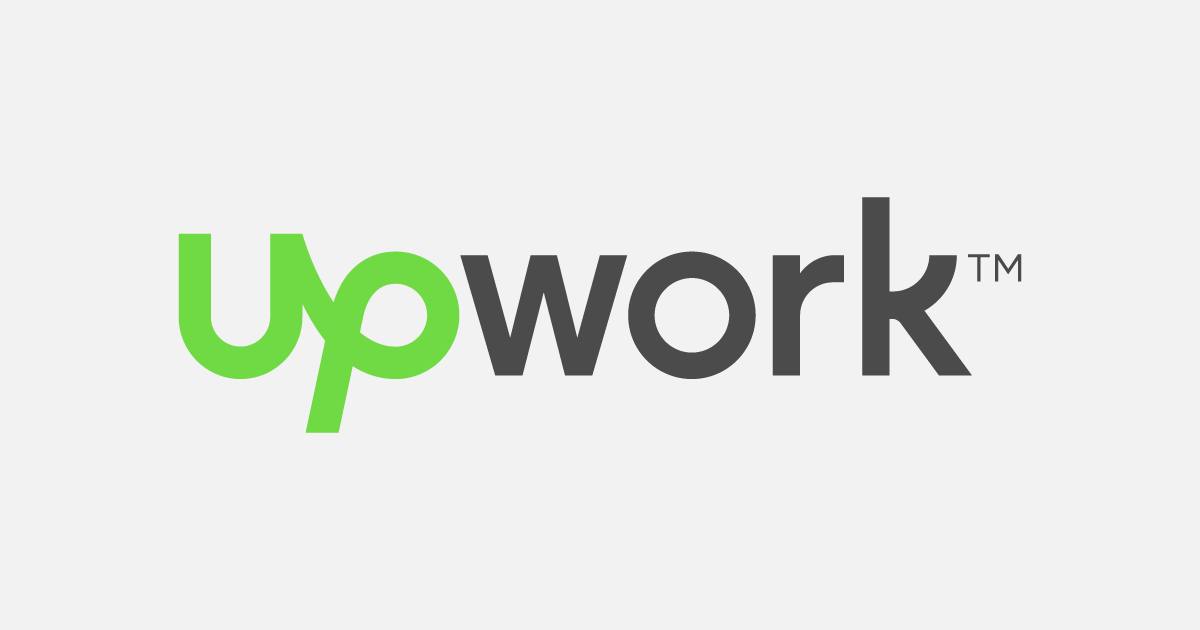Upwork vs Freelancer vs Guru price comparison
Upwork, Freelancer and Guru are the most successful and developed online job marketplaces. Every of these platforms makes remote work possible in its own way, but there is a financial difference. Let’s find out how much you have to spend if you want to use these sites.
In this article, I discuss the percentage share of payments/earnings between users and a marketplace they use.
There are total findings on a table:
| Upwork | Freelancer.com | Guru | |
| Client Fee | $0 till May 2016. From June 2016, 2.75% of project costs to be charged.
Clients in Australia, Canada, the UK, the U.S. and certain Eurozone countries may be eligible to pay a flat monthly fee of $25 as an alternative to 2.75% per disbursement. |
For fixed price jobs: 3% or $3.00 USD (whichever is greater).
For hourly jobs: 3% fee is applicable on the total bid amount or project cost. |
2.5% processing fee on every payment. 3.5% cash back given if a client uses a bank account, wire transfer or check as a payment method. |
| Freelancer Fee | 10% of total earnings till May 2016. From June 2016, the charge ranges between 5% to 20% .
Effective form June, after the freelancer’s earnings exceeds $500 and $10,000, the service fee decreases to 10% and 5% respectively for each individual client’s projects. |
For fixed price jobs: 10% or $5.00 USD (whichever is greater).
For hourly jobs: 10% fee is applicable on the total bid amount or project cost. |
8.95% fee for all of its basic freelancing plan members. Premium membership plans can decrease this fee up to 4.95% with a maximum $39.95 monthly subscription charge. |
The usage of the given platforms can also involve other costs such as: premium memberships with more features, withdrawal costs, skill tests, enterprise solutions and so on and so forth. There is a great number of other additions, which may be discussed next time. Now let’s discuss today’s topic in much detail.
From Client’s Perspective
If you are going to hire a freelancer via these sites, you should post a job at first. Posting a job is free on every of these platforms. But moving forward with a contract involves some cost.

Upwork: A standard plan of Upwork, which was in force till May 2016, didn’t require any pay for services of the platform during the total project lifetime. As Upwork has recently announced about changes of price, the new fee structure will be applicable from June 2016. According to the new policy, clients will be charged 2.75% ‘processing fee’ each time they make a payment on Upwork.
However, Clients in Australia, Canada, the UK, the U.S. and certain Eurozone countries may be eligible to pay a flat monthly fee of $25 as an alternative to 2.75% per disbursement.
Freelancer.com: This platform collects payment depending on the type of a cotract. The fee for fixed price jobs is 3% or $3.00 USD (whichever is greater) of the total cost and it will be charged as soon as the contract becomes active.
For hourly jobs, the 3% fee is applicable on the total bid amount or project cost.
Guru: The site charges 2.5% processing fee on every payment by a client regardless the payment type. If a client uses a bank account, wire transfer or check as a payment method, Guru gives a 3.5% cash back to that client.
From Freelancer’s Perspective
Online job marketplaces make most of their revenues from the commission on a freelancer’s earnings. The percentage of this share varies on site to site and type of the contract.
Upwork: Unil May 2016, freelancers were required to pay a 10% fee on their earnings. According to the new pricing policy of Upwork, this charge will increase to 20% for a freelancer for each client up to the total earning of $500 through all contracts. After the freelancer’s earnings exceeds $500 and $10,000, the service fee decreases to 10% and 5% respectively for the specific client.
Freelancer.com: This site charges the freelance worker a 10% or $5.00 USD (whichever is greater) fee for fixed price contracts. Service fee for hourly jobs is 10% of the total project cost.
Guru: This platform has an 8.95% fee for every basic freelancing plan members. That means, if you sign-up with Guru for their free membership plan, you will be charged 8.95% on your earnings. There are several plans of premium membership, which can decrease this fee up to 4.95%, if you agree with a maximum $39.95 subscription charge in a mounth.
So, which one is the winner?
It’s really hard to declare a winner, because the least may not necessarily be the best. There are some other factors like client/freelancer and project availability, security, simplicity and platform support. Upwork and Freelancer fight for the first position, where Upwork leads, in my opinion. Freelancer charges 3% to the client and 10% to the worker, so it takes 13% of a payment transaction for every project. On the other hand, Upwork charges overall 10% and the price will be doubled for small projects after May 2016. It is clearly a matter of concern for small businesses, and people are very unhappy about it. I’d also like to emphasize that Guru’s overall charge is 11.45% per project transaction (2.5% + 8.95%). Until May 2016, Upwork was the winner. But theron changes in the pricing structure of Upwork, Guru becomes a strong player in the pricing game, which is able to fight with Freelancer.com.
Many freelancers don’t like to share 10 to 20 percent of their earnings with freelancing sites. Although these platforms are a kind of tool to match freelancers and employees, if you can find the appropriate freelancer/client match, Screenshot Monitor can help create and manage remote teams easily. You can track your time with screenshots of your computer screen and let your client see the work log absolutely for free. You are free to perform the financial transactions using PayPal, Skrill or other preferred services. It’s really simple. What do you think?

